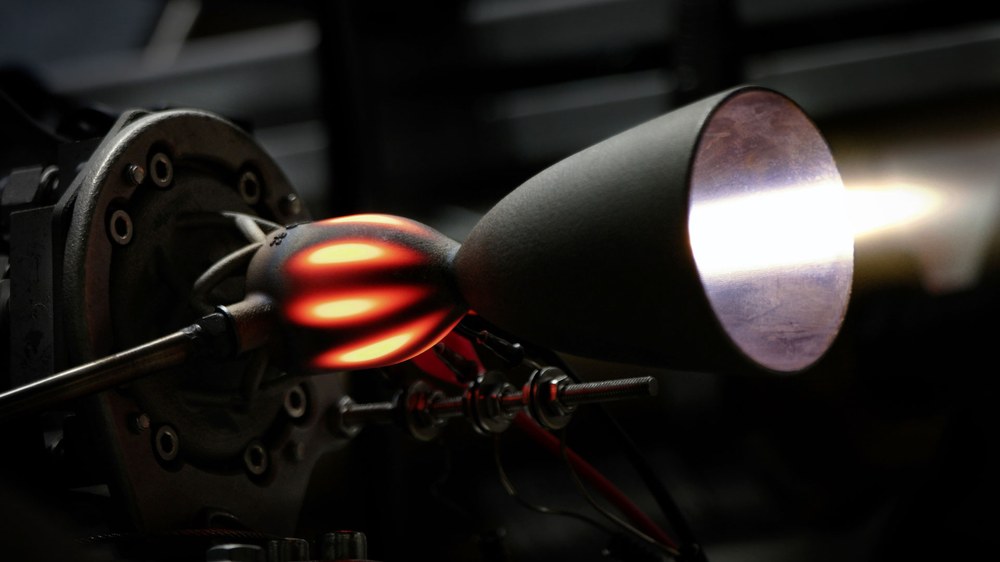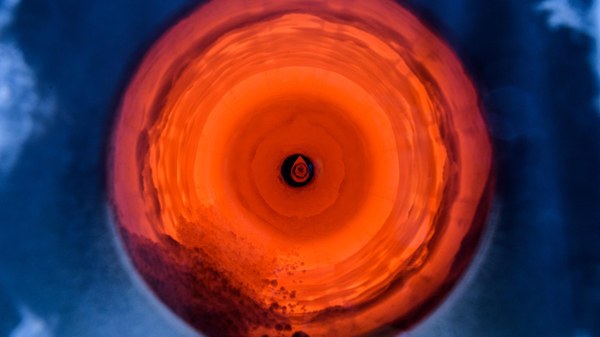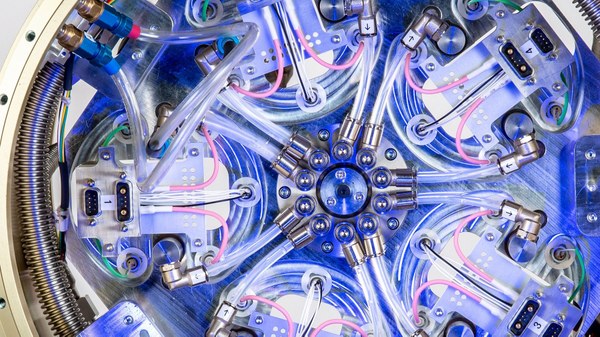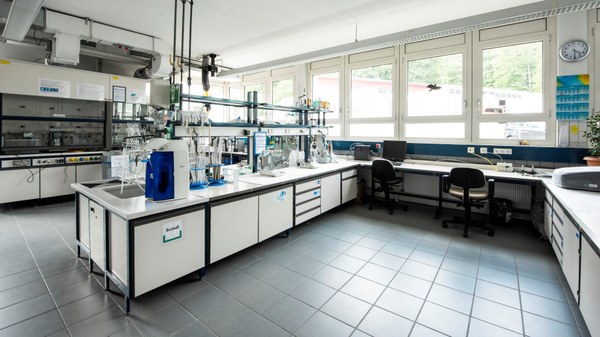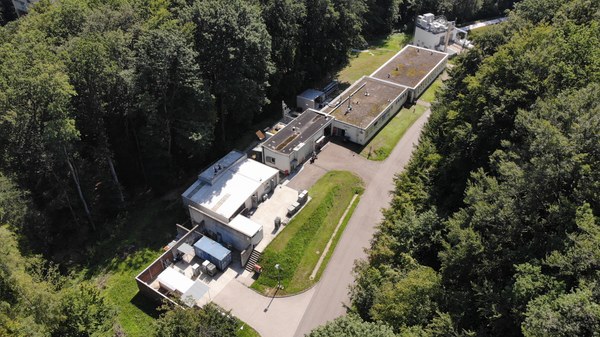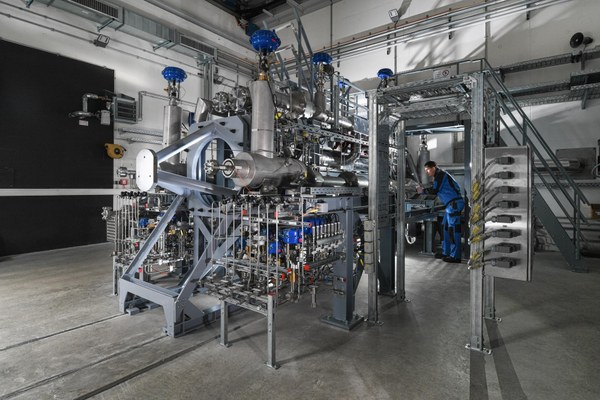NeoFuels
NeoFuels | |
|---|---|
Duration | 2022 – 2025 |
Field of applications |
|
Budget (Subproject 5) | 985,000 € / year |
Sub-project 5: Advanced and green rocket propellants
Research is being conducted worldwide into environmentally friendly alternatives to toxic hydrazine (N2H4), which is used as a propellant for satellite engines in space flight. As part of the DLR's NeoFuels project, more environmentally friendly propellants are being developed, produced and tested on the test bench. The propellant combination of liquid oxygen (LOX) and methane is also being investigated using numerical simulations and experimental hot gas tests.
Bipropellants from nitrous oxide and propellants
Reliable satellite engines with long-term storable propellants are an essential technology for our modern civilization. They enable the controllability of satellites over a long period of time in space. In this work package, satellite engines are being developed with less toxic and less environmentally hazardous propellants than the hydrazine used to date. To this end, nitrous oxide and ethane are being investigated. The necessary satellite engines are designed using CAD and manufactured using a metallic 3D printing process. They are then put through their paces on the test benches under atmospheric and vacuum conditions. The resulting data, such as pressures and temperatures, are used to further optimize the design. The engines with 1N, 22N and 200N thrust have already been successfully tested.
In future, these engines are to be marketed by the start-up InSpacePropulsion Technologies, which emerged from the Satellite and Orbital Propulsion department.
Hypergolic bipropellants made from ionic liquids and hydrogen peroxide
In the second main work package, promising hypergolic – i.e. self-igniting – bipropellants made from ionic liquids and hydrogen peroxide are being researched. This is subdivided into the areas of synthesis and characterization of the propellants, as well as testing and spectroscopic investigations of the reactivity of new ionic liquids.
The work includes chemical analyses, drip tests, injector tests and subsequent tests in an experimental engine. The initial focus of the activities is on the selection and production of new ionic liquids. In order to identify the most promising candidates, hypergolic drip tests are carried out. Accompanied by spectroscopic analyses, important findings for the further development of these innovative propellants can be obtained in this way.
Liquid oxygen and methane for rocket engines
In this work package, current core topics in the development of LOX / methane main stage engines are being researched. These include the control and investigation of the ignition and flame stabilization of LOX / methane combustion chambers under various boundary conditions, as well as the design and operation of injection elements. The experimental activities are accompanied by sophisticated optical diagnostics for flame visualization under representative conditions for main stage engines. Various relevant aspects, such as the influence of fuel temperature and impurities in the propellant (e.g. in the form of nitrogen) on ignition and combustion dynamics, are also addressed. The tests are carried out on the M3 and P8 test benches. The collected experimental data will be used for the validation and further development of numerical models and methods.




